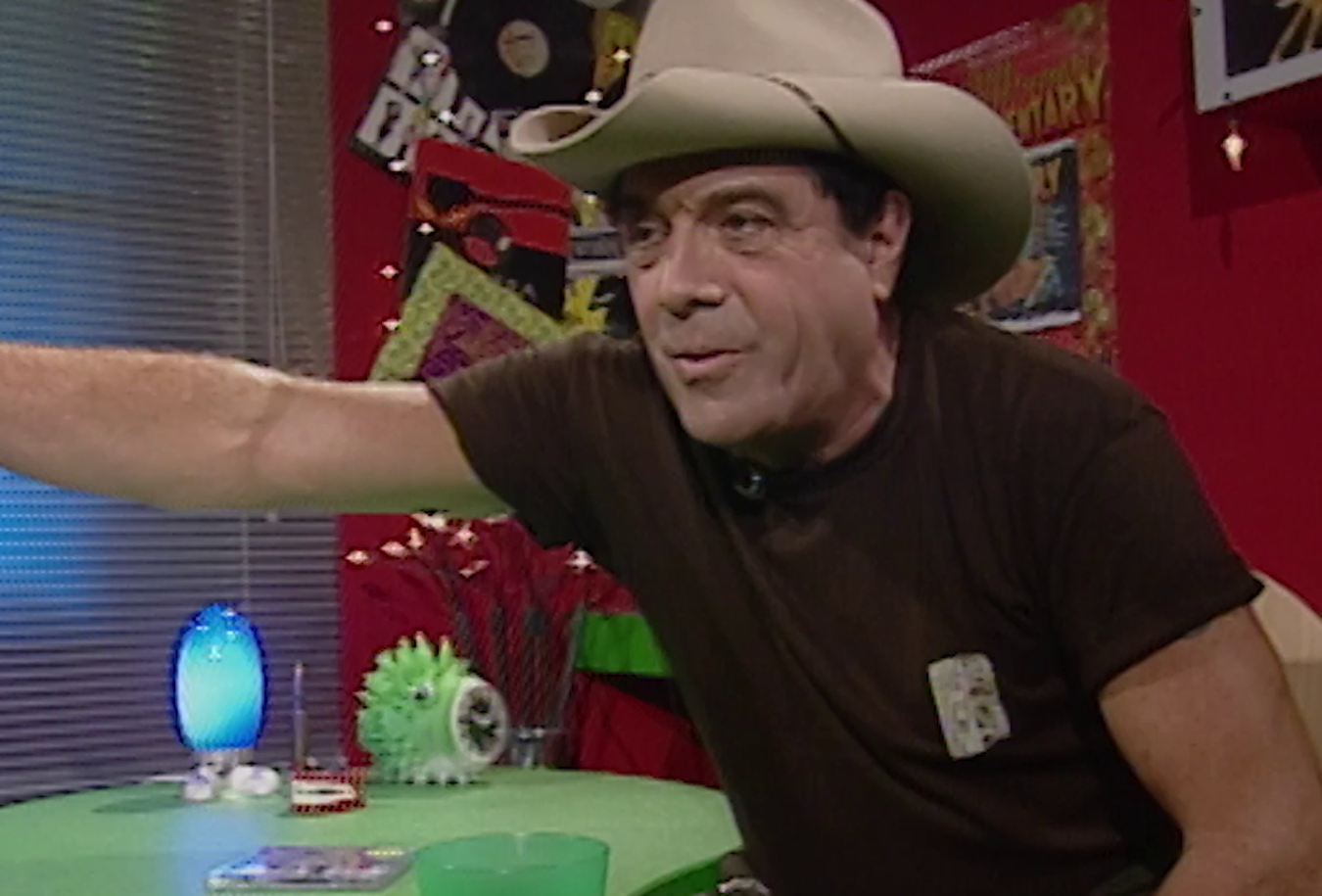
Cylinder Recordings from Central Australia by Spencer and Gillen and Aboriginal communities
In 1901-02, Baldwin Spencer and Frances James (FJ) Gillen undertook an anthropological research expedition to Central Australia. They traversed the continent from Oodnadatta to Powell Creek and then eastwards to Borroloola on the Gulf of Carpentaria, publishing their experiences as The Northern Tribes of Central Australia in 1904. On the way they recorded many wax cylinders, working with the Arrernte, Anmatyerr, Kaytetye, Warumungu, Luritja and Arabana peoples.
Their recordings are now part of the British Library, Royal Geographical Society of South Australia and Museum Victoria. The pioneering use of wax cylinders in their expedition captured the distribution of song and dance traditions across the Australian inland. Their work was subsequently expanded on by successive researchers, including anthropologist Ted Strehlow, and Aboriginal community members. Selected recordings are available online via the Spencer and Gillen project website.
The ‘Song of Tjitjingalla Corroboree’ (heard here) was recorded at Stevenson Creek in South Australia on 22 March 1901. Spencer’s introduction notes that this corroboree had first been described in north-central Queensland and was subsequently performed by Arrernte people at Alice Springs.
Cover image: Arrernte men performing dances from the Tjitjingalla corroboree, Alice Springs, 27-30 April 1901. Photographers: Sir Walter Baldwin Spencer and Frank Gillen. Source: Museums Victoria
Find more significant Indigenous recordings in our Indigenous Sounds of Australia curated collection. And you can also hear more recordings on wax cylinder at our Wax Cylinder Recordings curated collection.
The National Film and Sound Archive of Australia acknowledges Australia’s Aboriginal and Torres Strait Islander peoples as the Traditional Custodians of the land on which we work and live and gives respect to their Elders both past and present.


